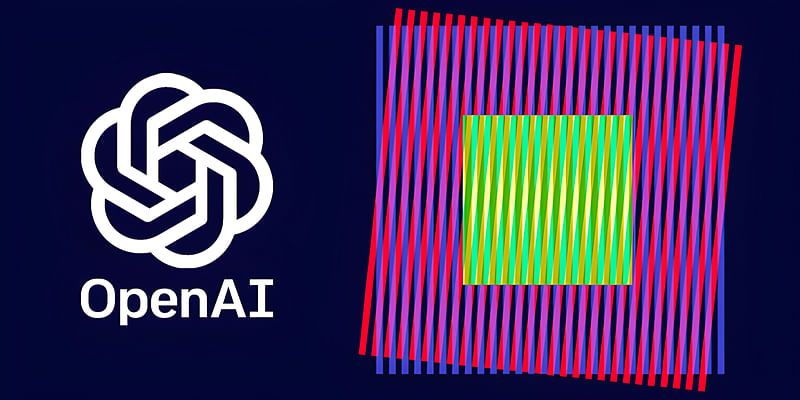
OpenAI, the artificial intelligence research laboratory, recently issued a press release announcing a momentous goal. Aiming to tackle one of the most formidable challenges AI faces today, they have set their sights on solving the problem of superintelligence alignment within the next four years. Superintelligence, a technology that harbours both unmatched potential and peril, requires the alignment of AI systems to human intent, a field where definitive solutions are still lacking.
Understanding Superintelligence and Its Implications
Superintelligence is a level of artificial intelligence that surpasses human cognitive abilities across most economically valuable domains, from scientific creativity and general wisdom to social skills. While this concept may still seem like a distant future, OpenAI predicts its arrival within this decade.
The potential benefits of superintelligence are massive: it could lead the way to solving the world’s most pressing problems, from climate change to global poverty. However, the risks are equally substantial. An improperly aligned superintelligent AI could lead to unforeseen adverse consequences, possibly even existential risks such as human extinction.
Challenges in AI Alignment
The problem of AI alignment involves training AI systems to understand and carry out human intent faithfully. Current alignment methodologies like reinforcement learning from human feedback rely heavily on human supervision. This approach becomes untenable when dealing with AI systems that outsmart their human counterparts, as it poses significant challenges in reliable oversight and control.
OpenAI’s Approach to Superintelligence Alignment
OpenAI aims to develop a roughly human-level automated alignment researcher, which can be scaled using considerable computational resources to align superintelligent AI iteratively. This ambitious endeavour will involve developing scalable training methods, validating the resulting models, and stress-testing the entire alignment pipeline.
The use of AI systems to oversee the evaluation of other AI systems is one way to provide a training signal on tasks too complex for human assessment. Furthermore, OpenAI plans to ensure that its models generalise their oversight effectively to tasks they can’t supervise directly.
To confirm the alignment of its systems, OpenAI will automate the search for problematic behaviour and internals. The pipeline will be put to the test by deliberately training misaligned models and verifying if their techniques can detect the worst kinds of misalignments.
Sharing the Fruits of Research
OpenAI plans to share the results of its efforts widely and considers contributing to the alignment and safety of non-OpenAI models as a vital part of its work. This openness and collaboration could potentially speed up progress in AI safety, reinforcing OpenAI’s commitment to the broader AI community.
The superintelligence alignment task is in addition to the ongoing safety measures that OpenAI already has in place for its current models. Alongside the technical aspects of superintelligence alignment, OpenAI is actively engaging with experts from various fields to ensure that the broader human and societal implications are considered in their solutions.
The set target is ambitious, yet if successful, it could mark a groundbreaking leap in the field of AI, mitigating potential risks and guiding us towards a safer AI future. It will be fascinating to watch how the organisation navigates these challenges and what insights it generates in the coming years. The successful alignment of superintelligent AI with human intent could redefine our relationship with AI, expanding our capacities and reimagining the possibilities of human potential.
.thumbnailWrapper
width:6.62rem !important;
.alsoReadTitleImage
min-width: 81px !important;
min-height: 81px !important;
.alsoReadMainTitleText
font-size: 14px !important;
line-height: 20px !important;
.alsoReadHeadText
font-size: 24px !important;
line-height: 20px !important;











